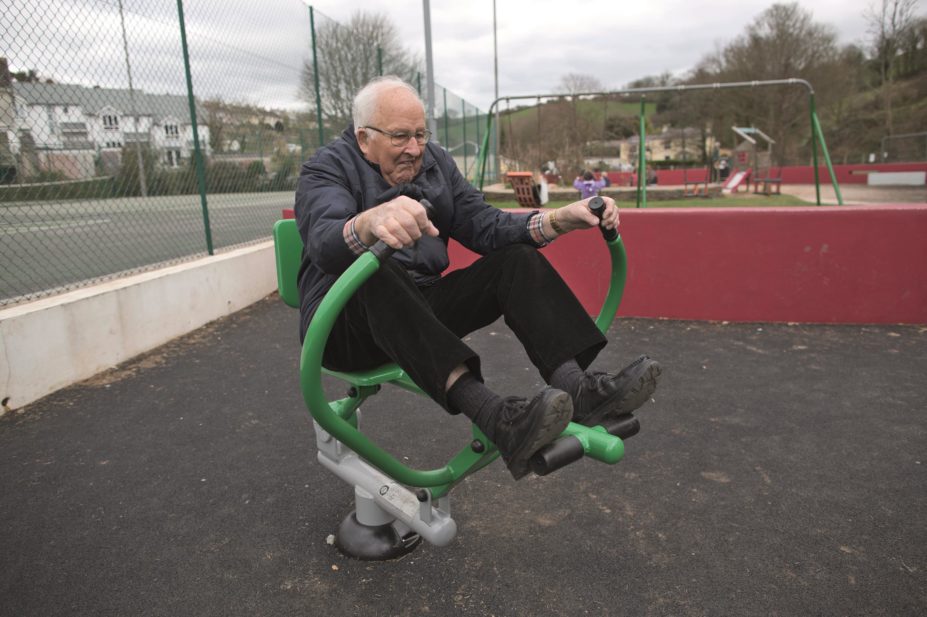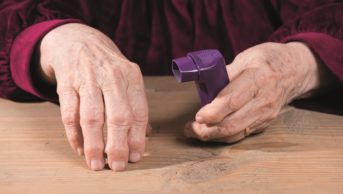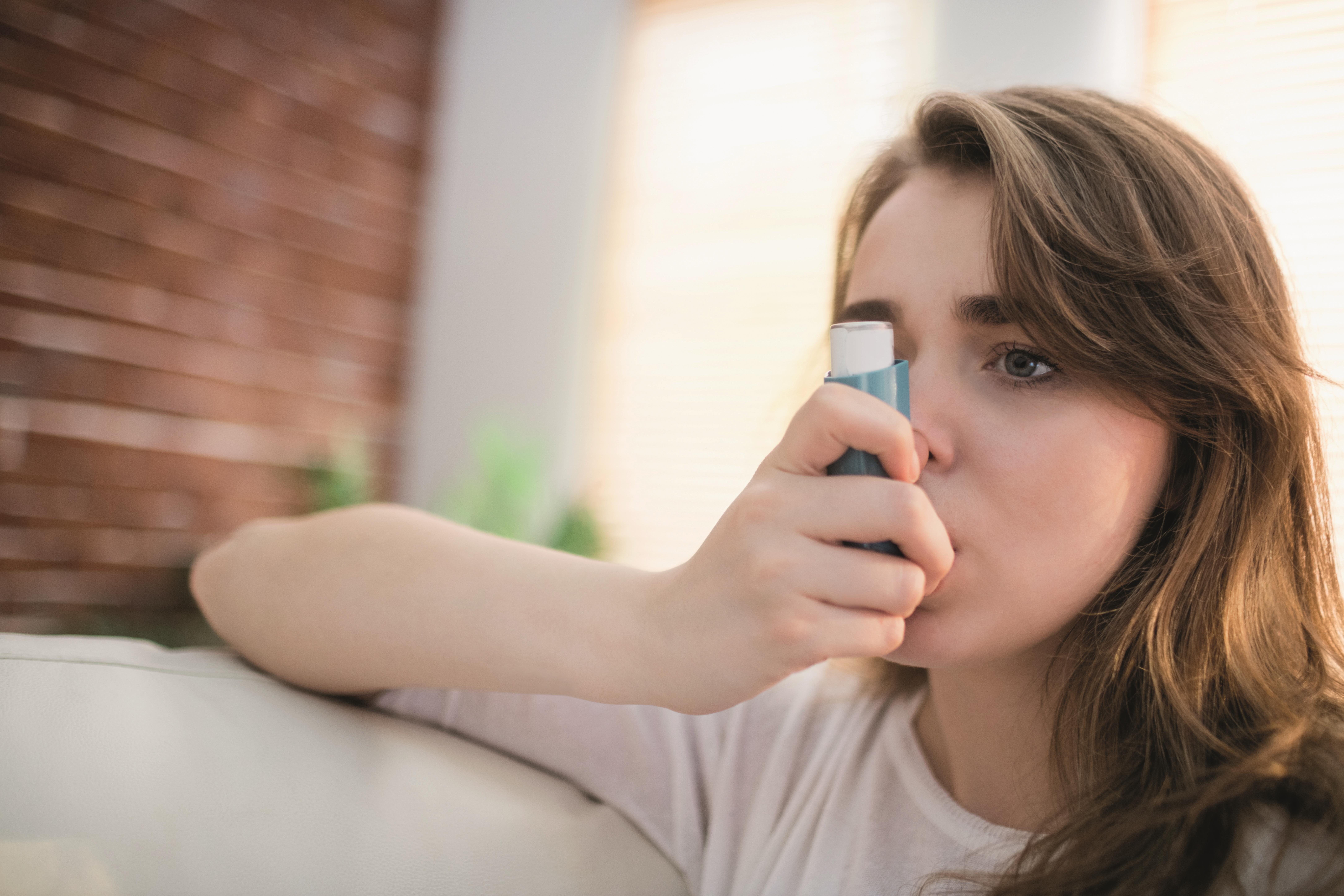
Jeff Gilbert / Alamy Stock Photo
Older people at risk of falls are worse off taking high doses of vitamin D, suggest the results of a study published in JAMA Internal Medicine[1]
on 4 January 2016, leading experts to recommend against high-dose supplementation.
“Higher doses of vitamin D conferred no benefit on the prevention of functional decline and increased falls in seniors [aged] 70 years and older with a prior fall event,” say the researchers, led by Heike Bischoff-Ferrari, director of the geriatric clinic at University Hospital Zurich, Switzerland.
Vitamin D has been hypothesised to improve limb function in older patients because of its beneficial effect on muscle strength, which could help prevent falls. However, randomised controlled trials (RCTs) and meta-analyses have had conflicting results.
The researchers allocated 200 patients aged over 70 years and who had suffered a previous fall to one of three treatment groups. The first received 24,000 IU of vitamin D per month, the standard dose of vitamin D, acting as a control group. The other groups – referred to as the higher dose groups – received 60,000 IU vitamin D or 24,000 IU vitamin D plus calcifediol per month.
Before the study began, 58% of patients were vitamin D deficient and the two higher dose groups were more likely to achieve the recommended level of 30ng/ml than the lower dose group (P=0.001). But this did not correlate with an improvement in lower limb function (P=0.26). Over the course of 12 months, patients receiving 60,000 IU vitamin D per month had the highest incidence of falls at 66.9%, compared with 66.1% of patients taking 24,000 IU vitamin D plus calcifediol and 47.9% of patients taking 24,000 IU vitamin D per month (P=0.048). The mean number of falls was also greater in the two groups receiving more vitamin D than the group taking the standard dose.
The authors of the study say the findings indicate that higher monthly doses of vitamin D may not be warranted in older patients at risk of falls because of their “potentially deleterious effect”.
The authors of an accompanying commentary[2]
, from the University of California in San Francisco and Harvard Medical School in Boston, Massachusetts, who were not involved in the study, say: “It is prudent to get recommended intakes of vitamin D and other vitamins from a balanced diet with foods that naturally contain what is manufactured into supplements.”
They argue that vitamin D is following a similar pattern to that observed with antioxidant vitamins.
“Enthusiasm for the health benefits of vitamin supplements is coupled with the belief that ‘vitamins’ are inherently safe and reinforced by observational studies showing, essentially, that healthy people have higher vitamin levels,” they say. “Then RCTs and meta-analyses proved that the supplements in fact increase mortality (β-carotene, vitamin E), or have no health benefits (vitamin A, vitamin C).”
The commentators highlight that, in contrast to vitamin D supplementation, evidence supports the use of exercise programmes to improve muscle strength. A recent RCT found that exercise halved the number of falls in at-risk patients compared with a daily supplement of 800 IU vitamin D.
In the UK, it is estimated that around a fifth of adults are deficient in vitamin D. The National institute for Health and Care Excellence (NICE) recommends healthcare professionals target at-risk groups, such as infants and people over the age of 65 years, with supplements that deliver 400 IU, or 10µg, of vitamin D per day.
References
[1] Bischoff-Ferrari HA, Dawson-Hughes B, Orave JE, et al. Monthly high-dose vitamin D treatment for the prevention of functional decline. JAMA Intern Med. doi:10.1001/jamainternmed.2015.7148.
[2] Uusi-Rasi K, Patil R, Karinkanta S, et al. Exercise and vitamin D in fall prevention among older women: a randomized clinical trial. JAMA Intern Med. 2015;175(5):703-711. doi:10.1001/jamainternmed.2015.0225.


